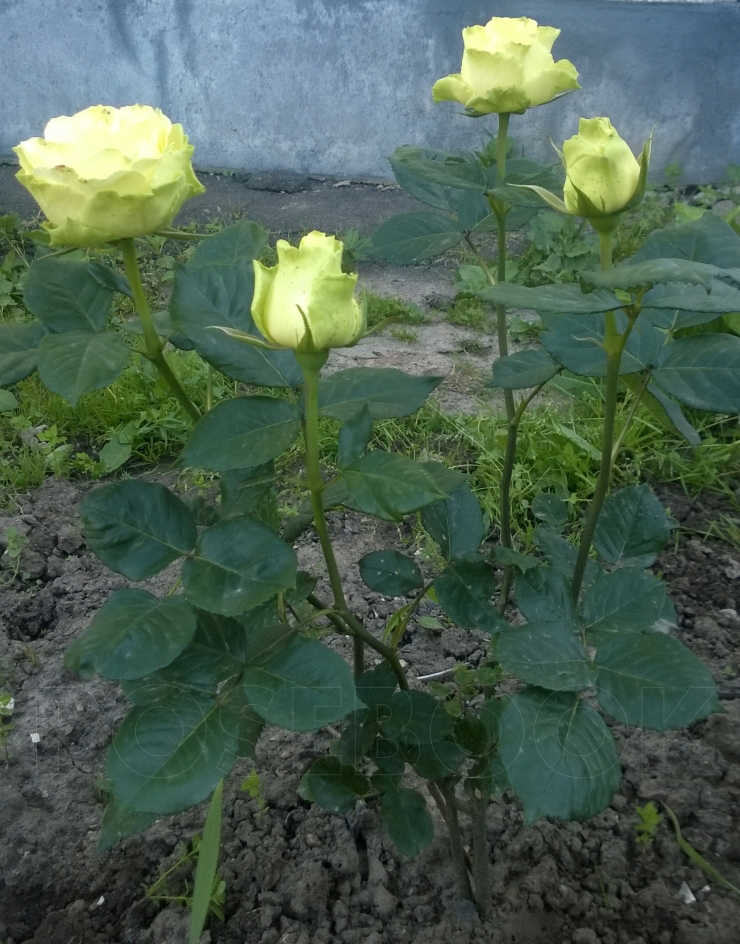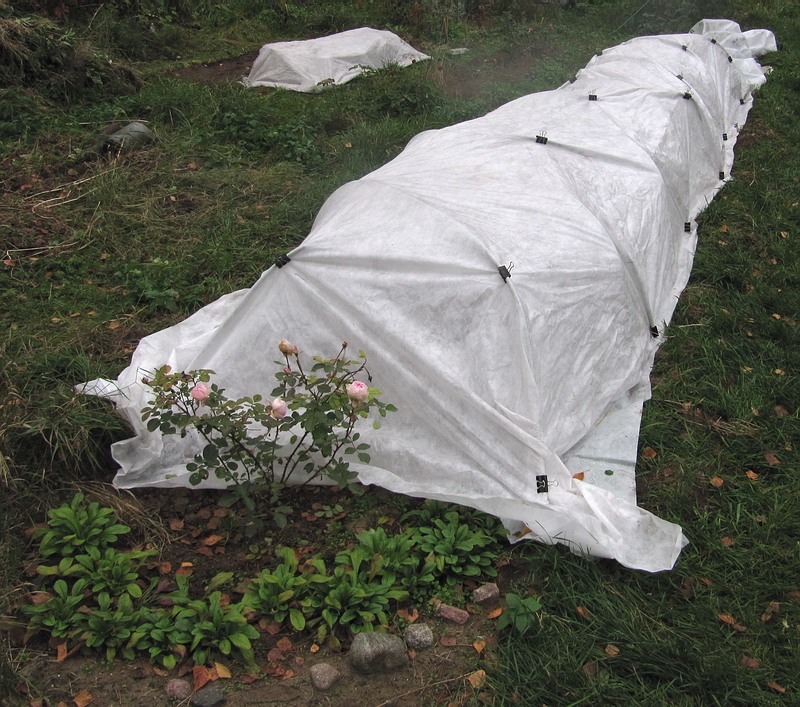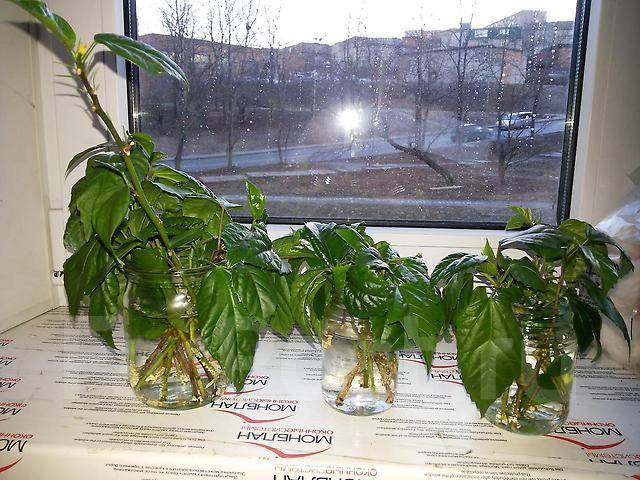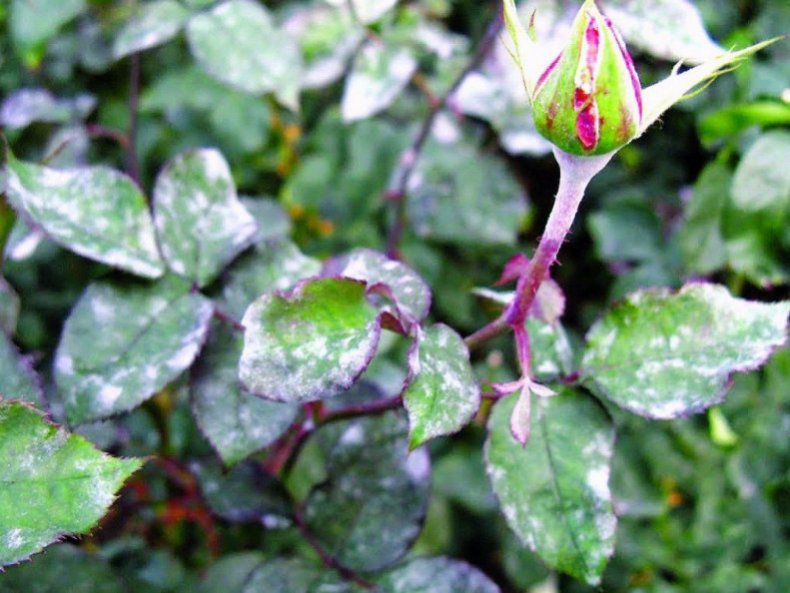Content:
The yellow beauty with a green tint is a prominent representative of hybrid tea varieties of roses. The first rose belonging to this group was bred by French breeders back in the century before last.
Gardeners love the Limbaugh rose for its unpretentiousness and lush bloom. In order to grow a flower in the garden, you need to know what this rare variety is, what conditions are needed for growing and how to properly care for it.
Description Rose Limbaugh
Rose Limbaugh was bred not so long ago - in 1999 it was created by the German breeder Cordes.
The plant differs in the unusual color of the petals. The flowers are yellow in color with a green or olive tint.
A perennial bush can grow up to one meter in height. The width of the plant varies within 60 cm. The leaves are glossy and large, dark green in color.
Flowers have a goblet shape with wavy edges, when blooming, they form a kind of a cup with a diameter of about 10 cm. The buds on one bush are striking in their number. The plant has two flowering phases. The ability to bloom again does not diminish the abundance of flowering buds. The blossoming Limbo rose exudes a pleasant, delicate, but weak aroma.
Growing conditions
The grown Limbo hybrid tea rose is resistant to various diseases, including fungal infections.
The unusual color of the plant does not combine very well with other representatives of the flora, therefore, it is better to plant in a separate place. The plant loves well-lit sunny areas, but drafts should not be allowed - the flower does not tolerate gusts of wind. Although the dollar rose is a moderately cold-resistant plant, it needs additional cover for the winter.
Planting a rose
Before you start planting your rose bush, you need to prepare the soil. The plant prefers loose and fertile soil. For better rooting of seedlings, it is recommended to plant roses in the spring. The planting site should be prepared in the fall. Add manure and humus to the soil so that the nutrients are dissolved by spring.
Much attention should be paid to the choice of planting material. Experienced flower growers recommend purchasing seedlings in specialized stores or flower nurseries. So you can protect yourself from acquiring the wrong variety or plant infected with a fungus.
Planting a Limbo rose can be done in two ways:
- A seedling is placed in a previously dug hole about half a meter deep. It is important that the roots of the plant feel free there. After that, the depression is covered with soil and watered abundantly. To protect the rose from waterlogging, it is necessary to provide for the presence of a drainage layer. Stones, crushed stone or gravel are perfect for this.
- The second method involves planting roses in a special container. The volume of the container should freely accommodate the plant root system.Don't forget about mineral supplements. The prepared container is placed in a dug hole in the open ground and the plant is planted in the usual way.
Care rules
If you want to get a healthy and properly developing plant with lush buds, you need to provide your wards with proper care throughout the summer season.
- Watering
The future appearance of rose bushes directly depends on the regularity of watering. If you save on moisture, you can get bushes with small flowers of a bright shade.
Do not water too often, but do it abundantly each time. Young bushes should be watered more often at the rate of half a bucket per bush.
If the plant is too sprawling, then you need to pour a bucket of water into the hole. If the gardener has to leave his flower garden for a short time, for example, in connection with departure, then mulch should be placed around the stems so that the moisture does not evaporate quickly.
- Loosening
After each watering procedure, it is necessary to loosen the root soil. This will help get oxygen to the roots of the plant.
In parallel with loosening, do not forget to remove weeds. She not only takes nutrients from the soil, but is also a carrier of diseases and garden pests.
- Top dressing
Roses must be supplied with mineral fertilizers every two weeks. The best effect will be given by alternating complex and organic fertilizers.
- Pruning
The limbo rose bushes are pruned once a year. This procedure is best done in the fall, after the rose has faded.
It is necessary to remove old and diseased branches in a timely manner, as well as to trim the bush, giving the desired shape.
Spring pruning is acceptable and will help increase the number of new buds leading to abundant flowering.
- Sheltering
Additional protection from the weather in winter will help keep your plant healthy. To do this, sprinkle the bushes with mulch with the addition of humus and peat, and cover the top with any covering material.
For regions with especially harsh winters, it is recommended to build a special wooden structure, if necessary, insulate it from the inside with foam.
Every spring, after removing the shelter, the bushes are treated with a solution of copper sulfate.
Propagation of rose Limbo
Based on a detailed description of the merits of the Limbo rose, you can forever fall in love with a yellow-green lady and try to breed her in the garden.
Reproduction can be done in several ways:
- Division of the bush. An easy method, suitable for a garden or site where this variety of roses already grows. Part of the plant, together with the rhizome, should be separated from the main overgrown bush and transplanted into a prepared place. It is imperative to water and sprinkle well with soil.
- Seeds. The easiest and most effective way. You can buy seeds in any specialty store and collect them yourself at the end of summer from the bushes. Sowing is recommended in April.
- Cuttings. For the preparation of cuttings, the branches of a plant that grew in greenhouse conditions are suitable. The size should vary from 15 to 16 cm. The presence of 3-4 buds is mandatory. Cuttings are placed in the ground at a slight slope. Immediately after planting, you need to cover the plant with a plastic bottle on top, creating a greenhouse effect.
Diseases and pests
The beauty and grace of the Limbo rose can be spoiled at any time by harmful insects or dangerous diseases. In rare and advanced cases, pests lead the plant to death. Timely implementation of the rules of agricultural technology and protective measures will help protect the culture from adversity.
The most dangerous insects are leafworms, sawfly larvae, aphids and caterpillars. Damage caused by pests slows down the growth and proper development of the rose, and also impairs the appearance of the plant. Methods for dealing with them vary and depend on the pest. Caterpillars must be exterminated with pesticides and daily removal of individuals from the plant. The leafworm is harvested by hand, and aphids and ants are destroyed by contact insecticides.
Under unfavorable growing conditions, bushes with roses can weaken. And this is fraught with a decrease in disease resistance. Most often, the bushes are affected by powdery mildew, rust and black spot. The best way to fight disease is timely pruning and chemical treatment. Affected leaves and shoots should be removed immediately to avoid further spread of the disease. Next, you should spray the bushes with a solution of copper sulfate.
Rose advantages and disadvantages
Experienced flower growers have appreciated the excellent characteristics of this variety of roses. Despite the forecasts of low resistance to cold, the Limbo rose perfectly tolerates winter in a shelter and begins to develop rather quickly in spring. Prolonged flowering for several months also indicates only in favor of the culture.
Disadvantages include slow development of seedlings and slow opening of buds with flowers. You also need to be careful when carrying out cardinal pruning.
In general, it cannot be said that the Limbo rose is grown everywhere in Russia. The variety is rare and therefore even more interesting for breeding.



















